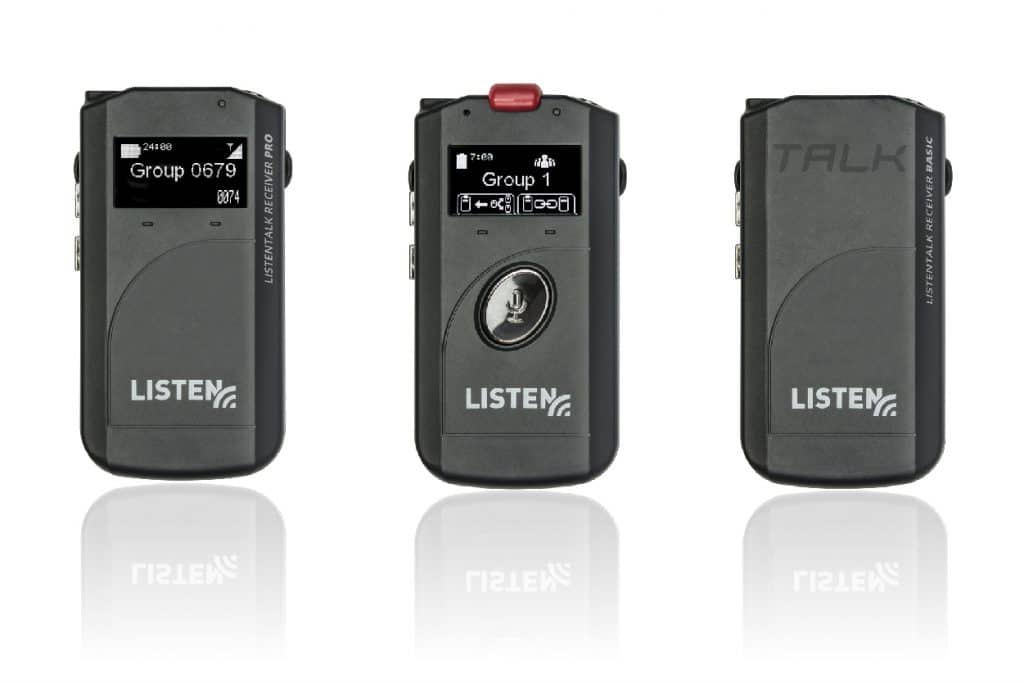- Loading…
Consider the typical video conferencing classroom. There is one camera trained on the students, usually set on a wide-angle view; lighting of student areas is less than ideal for video; there may be only one microphone to pick up their questions or comments.
Students can generally see the instructor and his or her visuals clearly, but the instructor sees a blur of faces at the far end. It’s almost impossible to tell if individual students are even watching the presentation, let alone if they are interested and engaged. The room may work if it is used strictly for traditional lectures, but it’s problematic if the instructor takes a more interactive approach.
Trends In the Higher Ed Classroom
Two societal trends are affecting teaching today.
1. Information is more and more available. Students can Google almost any factor formula and find it fast.
2. Attentions spans are lower. Raised on TV, video games, YouTube, and other media websites, students today expect a fast-moving presentation, and when they don’t get it they have trouble staying engaged.
In response, many instructors are lecturing less. They ask more questions, devote more time to discussion and are more likely to ask their students to work together in class and to present to each other.
When they do present information, instead of just speaking or writing on a board, these instructors prepare materials in advance, starting with PowerPoint but often adding video clips or simulations.
In some universities, instructors record themselves in advance for a faster, more polished presentation–and some even ask students to watch these recordings as homework so they can use even more class time for discussion and enrichment. The trend everywhere is toward more succinct presentations with richer video and audio content.
The result can be a class that focuses less on information and more on knowledge, less on facts and formulas and more on thinking and problem-solving skills. If the distance learning classroom does not support these trends, instructors who use it will be increasingly frustrated.
 Six Strategies
Six Strategies
Our belief at Conference Technologies is that the distance learning system should maximize the quality of audio and video while creating a natural connection between instructors and students in different locations. Six strategies can help with these goals:
1. Distance learning classrooms need better video, not just so students can see instructors better, but so instructors can see students.
High-definition video can help make student faces sharper and expressions more readable.
Good lighting is crucial whether you’re using an HD?or SD system. Ceiling lights should be bright and angled to provide good detail in faces and avoid dark shadows, especially under the eyes.
The size of the displays can make a difference, especially an instructor’s display.
2. These classrooms need great sound. Students and instructors must hear each other clearly for good communications to take place.
3. Ancillary equipment must be digital, high resolution and input into the codec in its native format. For example, if you use whiteboards in your classrooms don’t just aim a camera at the board; use a product like the Vaddio Squiggle Board, which sends the written image directly through the conferencing codec in high definition. Make sure you can accept digital video from computers, document cameras, and DVD or Blu-ray players.
4. If you can afford it, consider installing individual microphones for students or pairs of students tied into the camera’s controls. With this kind of setup, when a student makes a comment or asks a question, the camera will zoom in automatically and everyone will be able to see his or her facial expressions clearly.
5. A few classroom designers have installed an extra codec and an extra screen in each classroom, dedicated to images of the students. It’s a relatively expensive addition but can do a great deal to promote student-to-student interaction.
6. The integration of a PC client (Cisco Movi, LifeSize Passport/Skype or Polycom CMA Desktop) can facilitate the use of guest speakers and allow students who may be absent due to travel to attend class from a distance.
A very few instructors have begun to use these clients installed on student laptops to allow students at different locations to interact with one another in small groups.
As technology providers, IT or facility managers, we want to support our instructors with the best possible classroom systems.
Today’s technology will support trends toward more interactive teaching and richer, more succinct presentations, but it must be applied thoughtfully for the best results.

We would love to deliver valuable insights right to your inbox once a month.

We would love to answer your questions, provide you with a detailed quote, or send you more information.
14912 Heritage Crest Way
Bluffdale, Utah
84065-4818 USA
Phone: +1.801.233.8992
Toll-Free: 1.800.330.0891
Office Hours
8:00 am – 5:00 pm MT
Monday – Friday
First, select the calculator type, USA (for Americans with Disabilities Act - ADA), California (for California Building Code), or Australia (for Australia's Disability Discrimination Act 1992). Enter the seating capacity and the number of minimum assistive listening devices required and the minimum number of neck loops will automatically populate based on the calculator type selected.